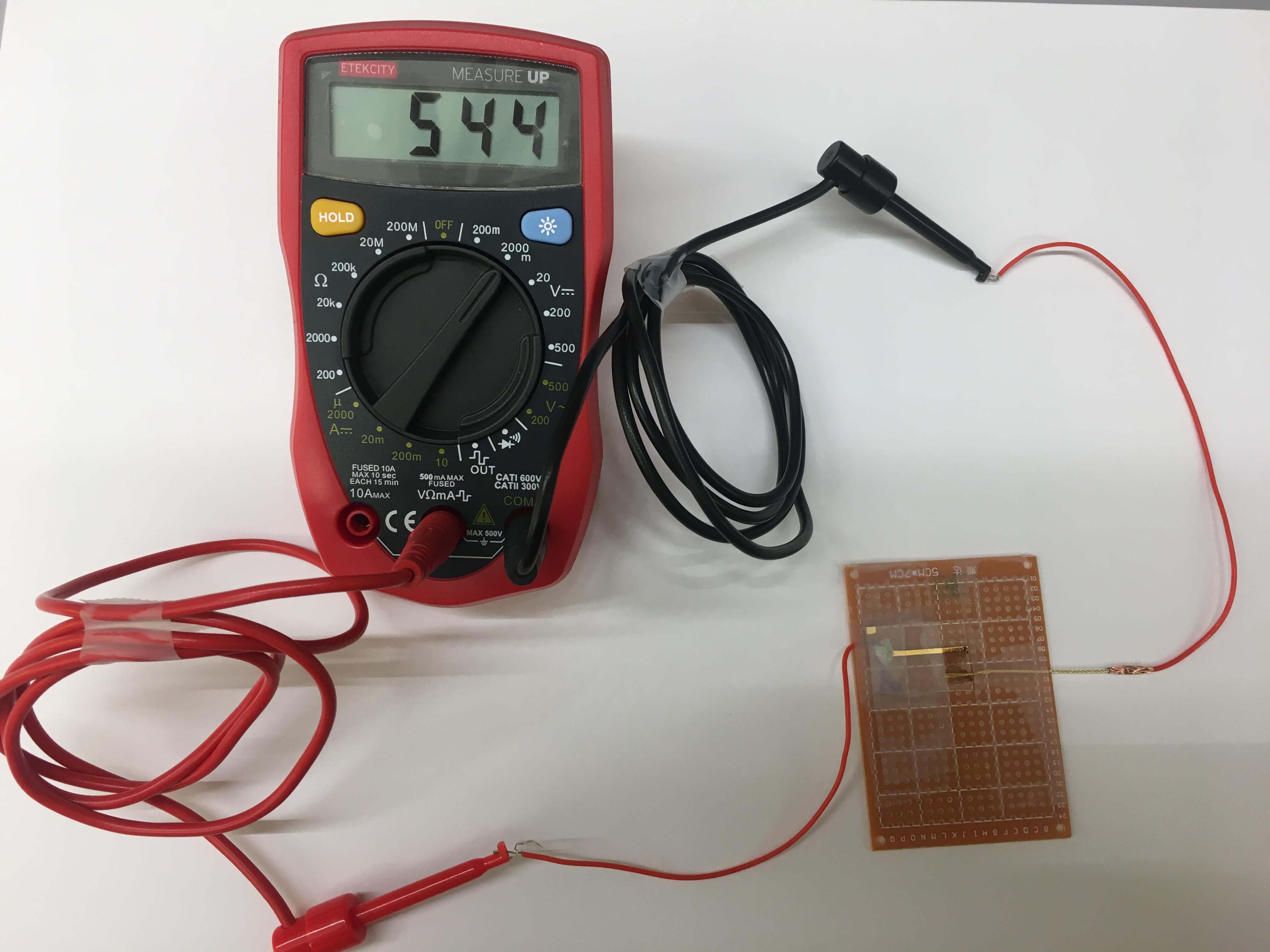Generating Electricity Just from Thin Air

A Graphic image of a thin film of protein nanowires generating electricity from atmospheric humidity. Image © UMass Amherst/Yao and Lovley labs/Ella Maru Studio
For years, scientists are in a quest for a clean energy technology that would be much cheaper, convenient, user-oriented and accordingly scientists are long been grazing their thoughts on natural gifts. Known technologies such as solar cells, thermoelectric devices, and mechanical generators have specific environmental requirements that restrict where they can be deployed and limit their potential for continuous energy production.
To push the limitations of clean energy production, a team of researchers from the University of Massachusetts Amherst gained preliminary success in generating electricity from the air. They developed a device that uses a natural protein to create electricity from moisture in the air.
You may be asking what's new on this generating electricity from the air as we have been harvesting electricity from air by using wind turbines. But this new electricity generator from thin air does not require any of the costly turbines and high flown winds.
The existing moisture-based energy-harvesting technologies can produce only intermittent, brief (shorter than 50 seconds) bursts of power in the ambient environment, owing to the lack of a sustained conversion mechanism but the team showed that thin-film devices made from nanometre-scale protein wires harvested from the microbe Geobacter sulfurreducens can generate continuous electric power in the ambient environment.
Yao and his team designed a device and named ‘Air-gen’ and claimed that it can produce a sustained voltage of around 0.5 volts across a 7-micrometre-thick film, with a current density of around 17 microamperes per square centimetre and the driving force behind this energy generation is the humidity that is naturally present in the air. The team reported that the charge is likely created by a moisture gradient that creates a diffusion of protons in the nanowire material.
The Air-gen connects electrodes to the protein nanowires just 7 micrometres thick and is exposed to air in such a way that electrical current will be generated from the water vapour naturally present in the atmosphere.
"The moisture gradient is expected to create an ionization gradient in the carboxylic groups or a concentration gradient in mobile protons (against an immobile COO− anionic background). The proton gradient leads to the diffusion of protons, possibly facilitated by hole-like conduction in the nanowire. This charge diffusion is expected to induce a counterbalancing electrical field or potential analogous to the resting membrane potential in biological systems," the authors explained in their study.
A maintained moisture gradient, which is fundamentally different from anything seen in previous systems, explains the continuous voltage output from our nanowire device.
Jun Yao, an electrical engineer from the University of Massachusetts Amherst said back in February, "We are literally making electricity out of thin air, the Air-gen generates clean energy 24/7."
The new successful technology developed in Yao’s lab is non-polluting, renewable, and low-cost which are the marked properties that scientists have been searching for. The finding also shows that the Air-gen can generate power even in areas with extremely low humidity such as the Sahara Desert. With its distinctive achievements, this device has significant advantages over other forms of renewable energy including solar and wind. Lovley highlighted, because unlike these other renewable energy sources, the Air-gen does not require sunlight or wind, and "it even works indoors."
The Air-gen device requires only a thin film of protein nanowires, the researchers explained. The bottom of the film rests on an electrode, while a smaller electrode that covers only part of the nanowire film sits on top and so the film adsorbs water vapour from the atmosphere. A combination of the electrical conductivity and surface chemistry of the protein nanowires, coupled with the fine pores between the nanowires within the film, establishes the conditions that generate an electrical current between the two electrodes.
The discovery was made almost by accident when a PhD student in Yao's lab, Xiaomeng Liu, was developing sensor devices, and about this Yao said, "I saw that when the nanowires were contacted with electrodes in a specific way the devices generated a current." Yao added, "I found that exposure to atmospheric humidity was essential and that protein nanowires adsorbed water, producing a voltage gradient across the device."
Yao said, "The ultimate goal is to make large-scale systems. For example, the technology might be incorporated into wall paint that could help power your home. Or, we may develop stand-alone air-powered generators that supply electricity off the grid. Once we get to an industrial scale for wire production, I fully expect that we can make large systems that will make a major contribution to sustainable energy production."

The researchers reported that the current was successfully generated using Air-gen devices and also are able to power small electronics. Now, they expect to bring the invention to the commercial-scale soon. On the research and design part, the next steps they plan include developing a small Air-gen "patch" that can power electronic wearables such as health and fitness monitors and smartwatches, which would eliminate the requirement for traditional batteries. They also claimed that this new technology could have significant implications for the future of renewable energy, climate change, different technologies, and the future of medicine.
Continuing to advance the practical biological capabilities of Geobacter, Lovley’s lab recently developed a new microbial strain to more rapidly and inexpensively mass-produce protein nanowires.
Lovley said, "We turned E. coli into a protein nanowire factory." He added, "With this new scalable process, protein nanowire supply will no longer be a bottleneck to developing these applications."
In addition to the Air-gen, Yao's laboratory has developed several other applications with the protein nanowires. Yao said, "This is just the beginning of the new era of protein-based electronic devices."
The research finding was published on 17 February 2020 on the journal Nature.
